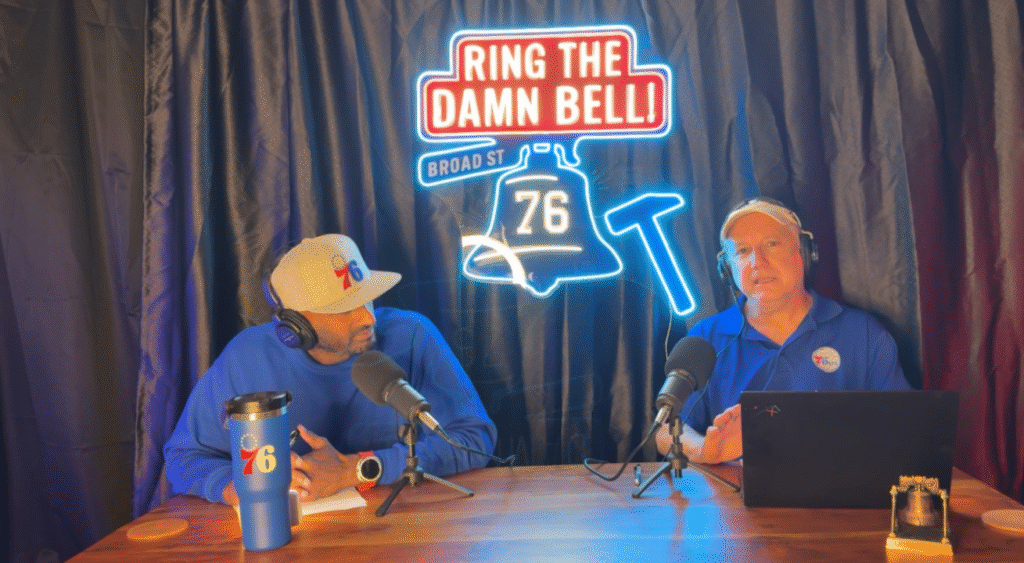Introduction
Youãve got stories to tell, insights to share, and a business voice that could reach more people. Starting a podcast can be a game changer for your small businessãbuilding brand recognition, establishing authority, and connecting with customers in a more personal way. But thereãs a catch: if your episodes sound like you recorded them in a cavern, listeners might tune out fast.
The good news? You donãt need a huge budget or a professional studio to sound great. With the right tools, techniques, and consistency, even a modest setup can deliver impressive results. In this post, weãll walk through how to make your podcast sound professional without breaking the bankãequipment, environment, editing, and rollout.
1. Start with Your Why & Plan Smartly
Define Your Goals and Audience
Before pressing record, get clear on your ãwhy.ã Is your podcast designed to generate leads, establish thought leadership, build community, or educate customers? Defining this upfront shapes your content.
Know who youãre speaking to and what they care about. Tailor your episodes to answer their questions or solve their challenges.
Map Out Content & Release Schedule
Podcasting is a long game. Sketch out your first 5ã10 episodes so you have momentum. Consistency mattersãwhether itãs a 20-minute weekly show or a monthly deep dive, stick to a format and release schedule so listeners know what to expect.
2. Choose the Right Equipment (Without Splurging)
Microphone
A quality microphone is your best investment in sounding professional. Dynamic mics are often better for untreated rooms since they reduce background noise. Budget favorites include the Samson Q2U or Audio-Technica ATR2100x, both under $100 and USB-friendly.
Headphones & Monitoring
Use wired headphones so you can monitor sound in real time. This prevents echo, feedback, or unnoticed background noise. Even affordable studio headphones can make a big difference.
Accessories & Environment Tweaks
- Pop filter or foam windscreen to reduce harsh consonant sounds
- Mic stand or boom arm for consistent positioning
- A quiet, soft-furnished space. Rugs, curtains, and cushions absorb echo. If all else fails, recording in a closet full of clothes works wonders
3. Use Efficient (Low-Cost or Free) Software & Tools
Recording & Editing
Free tools like Audacity (Windows/Mac) or GarageBand (Mac) offer all you need to record and edit. For interviews, platforms like Zoom, Riverside, or SquadCast let you record remote conversationsãjust make sure to record separate audio tracks for better editing.
Noise Reduction & Equalization
Basic editing can drastically improve audio. Use built-in noise reduction to cut background hiss, apply EQ to make voices clearer, and normalize volume levels. Donãt overdo effectsãclarity beats heavy processing.
4. Post-Production & Branding That Helps You Shine
Editing Best Practices
Cut long silences, remove obvious mistakes, and reduce excessive filler words. Keep intro and outro lengths consistent across episodes. Aim for balanced volume between voice and any background music.
Visuals, Cover Art & Intro Music
First impressions matter. A clean, eye-catching cover design helps your podcast stand out in directories. You can use Canva or Fiverr for affordable artwork.
For intro/outro music, choose royalty-free tracks that fit your brand personality. A short branded scriptãwho you are, what the show offersãsets the stage for every episode.
5. Distribution, Promotion & Feedback Loop
Hosting & Publishing Platforms
A hosting service is essential for distributing episodes to Spotify, Apple Podcasts, and Google Podcasts. Affordable options like Buzzsprout, Podbean, or Anchor (free) handle distribution seamlessly.
Promote Strategically
Leverage your existing marketing channels. Share teaser clips on social media, embed episodes on your website, and mention your podcast in your email newsletters. Encourage listeners to subscribe and leave reviews to grow organically.
Measure & Improve Over Time
Track analyticsãdownloads, listener retention, and episode popularity. Ask for listener feedback and adjust accordingly. As your audience grows, you can invest in better gear, advanced editing, or even sponsor partnerships.
Conclusion
Podcasting may seem out of reach for a small business, but the truth is: you donãt need a studio or massive budget to sound professional. With a thoughtful plan, a modest investment in gear, free or low-cost tools, and consistent effort, you can create a show that builds credibility, strengthens your brand, and keeps customers coming back.
Next step: Draft your first episode outline, pick up an affordable mic, and record a short test run. Once you hear your businessãs voice coming through loud and clear, youãll realizeãthis is a marketing channel worth investing in.
Ready to take your small business podcast from idea to execution? JEBTAM can help you get startedãfrom choosing the right tools to creating a launch strategy that fits your budget. Contact us today to start building your podcasting presence.

